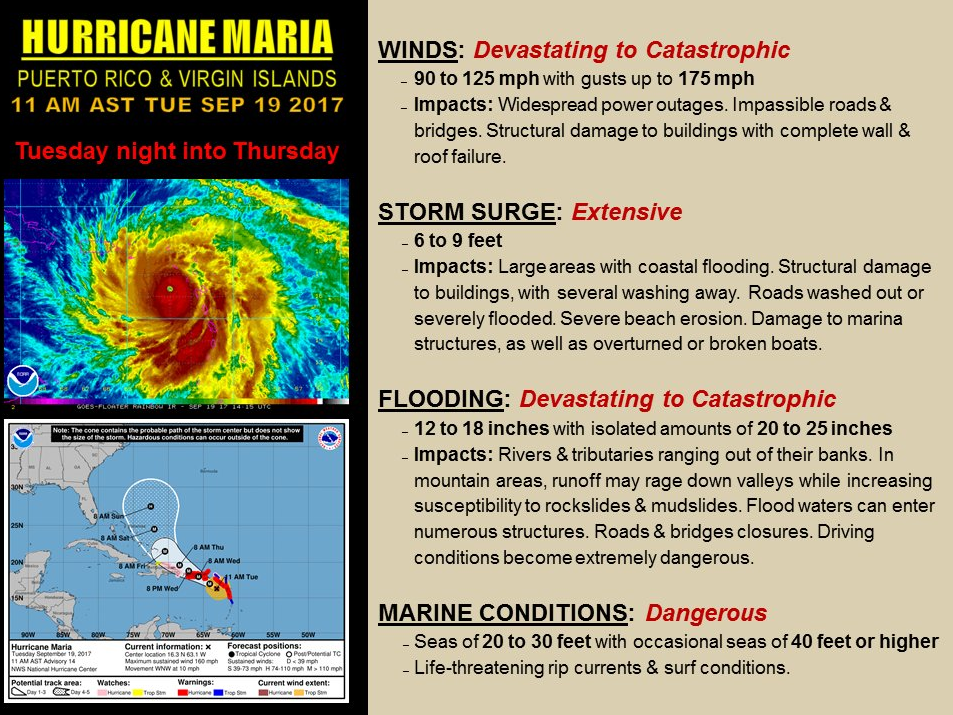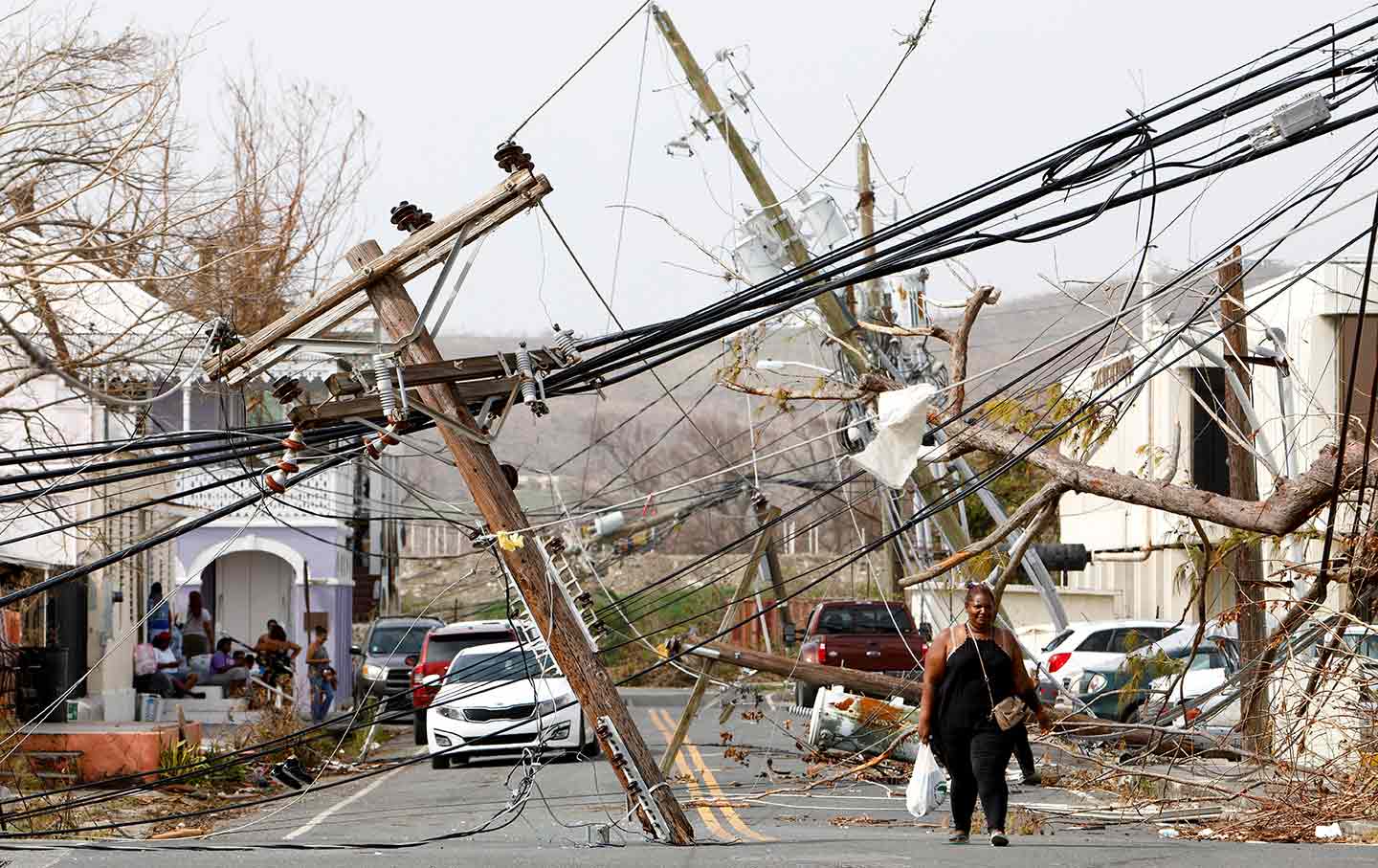

In the information void, rumours multiply and put people’s lives even more at risk. Information can be one-way, piecemeal, too late, confusing, and in the wrong language – that leaves people in the dark about when, where, and from whom assistance is coming. Those affected by disaster often face information blackouts, cannot make contact with friends and family, and have little say in what aid they receive.

Yet the experience of the people we spoke to in Dominica is all too familiar. It’s widely recognised within the aid sector that an individual’s ability to survive and recover from disaster depends not only on receiving safe food, water, medical care, and shelter but also on access to timely, accurate information, re-establishing contact with family and friends, and being able to have a say in response and recovery efforts. When people were later offered the chance to meet with officials and aid providers, they responded well, felt heard, and believed their feedback was taken seriously. Only several weeks after the hurricane hit did aid organisations and the government provide telephone hotlines and recruit more field staff to visit communities and hear residents’ concerns and views.Įssentially, setting up two-way channels of communication between aid providers and the people who needed that aid was a low priority in the first three weeks of last year’s response. Surveys earlier this year by the NGO Ground Truth Solutions also revealed that Dominicans felt they had been unable to communicate easily with aid providers to raise concerns or complaints in the aftermath of Hurricane Maria. Survey respondents also said they wanted to learn more about climate resilience policies and how those policies would impact practical assistance.
HURRICANE MARIA HOW TO
All were loud and clear about what they needed during emergency situations: practical information on how to adapt, both immediately and to long-term challenges, and greater openness and transparency from the government and aid agencies about recovery plans. The 50 Dominicans we surveyed this April included government officials, journalists, and ordinary citizens. Information can be one-way, piecemeal, too late, confusing, and in the wrong language – that leaves people in the dark about when, where, and from whom assistance is coming.Īfter mobile and internet connectivity was restored – a matter of hours for some areas, months for others – and after more direct means of communication were established by government and aid agencies, people told us they could gather better information, come together, seek support, and take part in decisions about rebuilding their communities. What they had wanted to know, they said, was what assistance they were entitled to and how decisions were made. When information from national and international responders finally filtered through, people were frustrated by the lack of detail, inaccuracies, communication delays, and their many unanswered questions. The first people to make contact with them, they said, were amateur radio operators, civilian volunteers, and diaspora communities active on social media – groups that together form a vital network of first responders. They said they were frightened by the lack of information in the early days after the hurricane struck. Dominicans described initial silence from aid providers. Not initially, according to our recent study on communications during the Hurricane Maria response. But how did those people let aid providers know what they needed? When help arrived, did it meet people’s needs? Did Dominicans have a say? Local and international responders worked to help around 65,000 people. One year ago, Hurricane Maria tore into Dominica, causing widespread damage, loss of life, and severe disruption to the country’s communication networks.


 0 kommentar(er)
0 kommentar(er)
